In the small town of Red Hook, New York lies one of America’s true aviation treasures, the Old Rhinebeck Aerodrome. Founded by Cole Palen in 1958, the museum sought to preserve the flying history of the Pioneer (1900 -1913), WWI (1914 – 1918) and the Golden Age of Aviation (1919 – 1940). Mr. Palen ended up creating the first museum of flying antique aircraft in the United States.
What started out as six WWI aircraft has turned into a collection of over 60 aircraft, some originals and some replicas, spanning the years from 1900-1940. In addition to their collection of flying aircraft, the museum has a number of artifacts, static display aircraft, antique automobiles and motorcycles. They are even restoring a WWI era tank.
Each weekend from mid-June through October the Aerodrome comes alive with two distinct airshows. Saturday shows focus on the “History of Flight” while the Sunday shows focus on the WWI era aircraft.
I attended the WWI show on September 15, 2019.
Stepping back in time…
Once you park and cross the street, you enter into the Aerodrome area. You pay for your admission and the fun begins. The Aerodrome is set up like a small airfield in the early days of flight. Hangars of various size are placed around the field. These hangars house the museum’s flying aircraft. Usually the vacant hangars have their aircraft on the field for the day’s flight. The hangars with aircraft inside are usually from the opposite day’s show, but are open for your visual inspection. The restoration area is a fun place to go to have a look. The hanagars also have a theme to them, the early era flight companies like Curtiss, Fokker and Ryan Flying Company for example.
The flying aircraft are usually towed out first and placed on the flight line. After those machines are out, the vintage automobiles and motorcycles are brought out for a little ride around the field. After you get through looking into the hangars, the announcement is made that the show is about to start.
The Show Opens…
The Air Show begins in traditional barnstorming fashion…some fancy stick work resulting in some razzle and dazzle of the aircraft. This time was the De Havilland DH.82 Tiger Moth, an original aircraft and built in 1934.
The aircraft takes off and climbs up a few hundred feet. Then at show center, a roll of toilet paper is thrown overboard. The goal is for the aircraft to cut the paper ribbon numerous times before getting too low to the ground to be safe. This shows just how nimble the aircraft is and the skill set of the pilot.
After the Tiger Moth came down, a second aircraft went up to beat the previous pilot’s TP Banner score. This show, the second aircraft was the 1942 Fleet Finch 16-B, another of the museum’s aircraft that is an original version. Sadly, I did not make note of which aircraft was more successful.
A Brief Glimpse into Aircraft Development: 1910 Hanriot
Although the theme of the Sunday show is WWI, the museum brings out their 1910 Hanriot (a reproduction) to show just how fast the airplane developed in the short span of time.
The aircraft looks fragile and dangerous, and it turns out to be true. Take a close look and you see the infancy of aircraft design and the lack of pilot safety features. The plane taxied by for a close look, then lined up for take off. The plane did indeed get airborne, but only to an altitude of about 10-15 feet. Although capable of higher flight, safety is paramount and simply to show it is indeed capable of flying.

1910 Hanriot 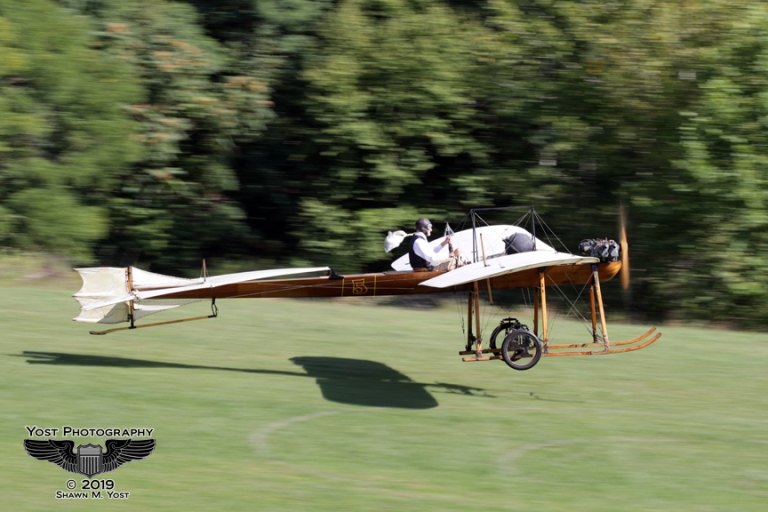
1910 Hanriot
The Fokkers: D.VII and D.VIII
The collection of WWI aircraft come out shortly after the aerobatics. This visit brought out the Fokker D.VII biplane and the improved D.VIII monoplane. Both aircraft came into service with the German Air Force in 1918.
The D.VII came into service in April, 1918 and was vastly underestimated as an adversary due to the square look and thick wings. The aircraft quickly became respected and earned the reputation as a serious fighter aircraft. It turned out to be fast and highly maneuverable, both important attributes in a fighter aircraft. Herman Goring, the head of the German Luftwaffe in WWII, flew the type and claimed many of his victories in the D.7. The aircraft was so respected at the end of WW I that the Armistice Treaty included a provision that all of the remaining D.VII airframes be turned over to the Allies.
The D.VIII monoplane came into service in July, 1918. It was nicknamed the “Flying Razor” by allied pilots. The aircraft had a number of issues early on in development, but eventually became known as an agile aircraft and easy to handle. The type has the place in history as the last type to score an aerial victory in WWI. The D.8 has a truly unique sound due to the rotary engine powering it.

Fokker D-VIII
The Sopwith Scout
I was pleasantly surprised to see this aircraft on the flight line when I arrived. The aircraft was still being restored during my previous visits. The official name of the aircraft is listed above, but it is more commonly known as the “Pup”. The type entered service in 1916 and was considered a good airplane to fly, but not an exceptional fighter design. It was outclassed by the larger and more powerful German aircraft.

Sopwith Scout 

The SPAD VII
The SPAD VII came into service in late 1916 and early 1917. It was hoped to be the aircraft to end the dominance of the German Albatross over the skies of the battlefront. The type was replacing the nimble and popular Nieuport 11 and Nieuport 16 designs. However, German designs were also rapidly improving. The Spad 7 held the aerial lines and gave the pilots time to develop new tactics with the heavier and more structurally sound airframe. The type was later replaced by the Spad 8 on the front lines. However, the type was well respected and used as a trainer by various countries for many years after the war.
The Fokker Dr.1 and the Black Baron
Likely the most recognized aircraft of WWI is the Fokker Dr. 1 triplane and is synonymous with the German Ace, Manfred Von Richthofen. The type entered service in 1917 and was considerably more maneuverable than existing German designs at the time and was well armed.
Playing the part, the Baron of the Aerodrome is the Black Baron.
The Showdown…
The Black Baron challenged Sir Percy to an aerial duel for the right to the hand of the lovely maiden, Trudy Truelove. The Baron chose the Fokker Dr.1 while Sir Percy chose the Sopwith. In the end, Sir Percy prevailed and married his lady.
The Cast
Take a flight!
Not only do you get to see history while at the Aerodrome, you can also experience history first hand. Prior to the formal air show, and for a short time after, you can purchase a flight aboard the Museum’s 1929 New Standard D-25. The aircraft has seating for up to four passengers and the flight lasts for about 15 minutes.

New Standard D25
Around the Aerodrome
The field is full of fun things to look at and enjoy. The day passes quickly, too quickly for my tastes. The day is so action packed that all of sudden the sun is getting low and it is time to go.
If you have never had the chance to experience this fantastic place, you should make a point to visit. The atmosphere is fun and inviting with an equally friendly staff. It is an affordable and entertaining family event. Some times the aircraft lineup changes due to maintenance or other reason. You just never know what exactly will be in the air that day. And that is part of the fun.
I only briefly described the air show and the contents. This time I focused on the aircraft primarily. There is so much more for you to see and do. Come out and see it for yourself!
Next time I plan to see the History of Flight show to change things up. I cannot wait till that day! I will probably enjoy it so much that I may just have to go back the next day!
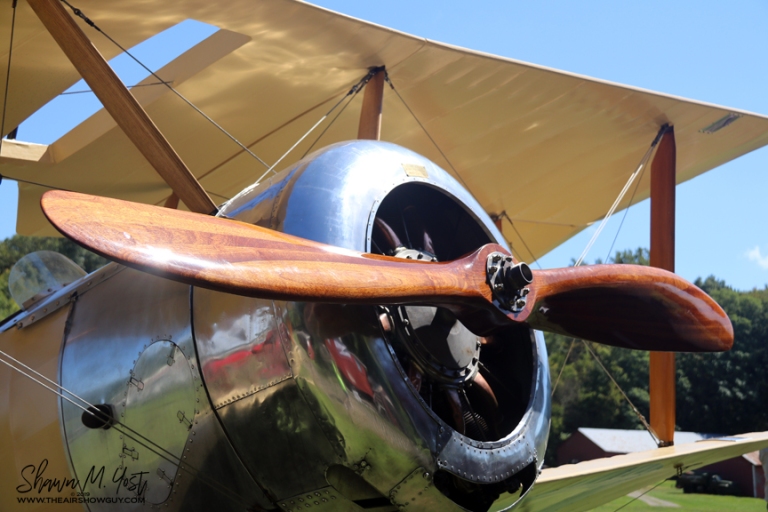


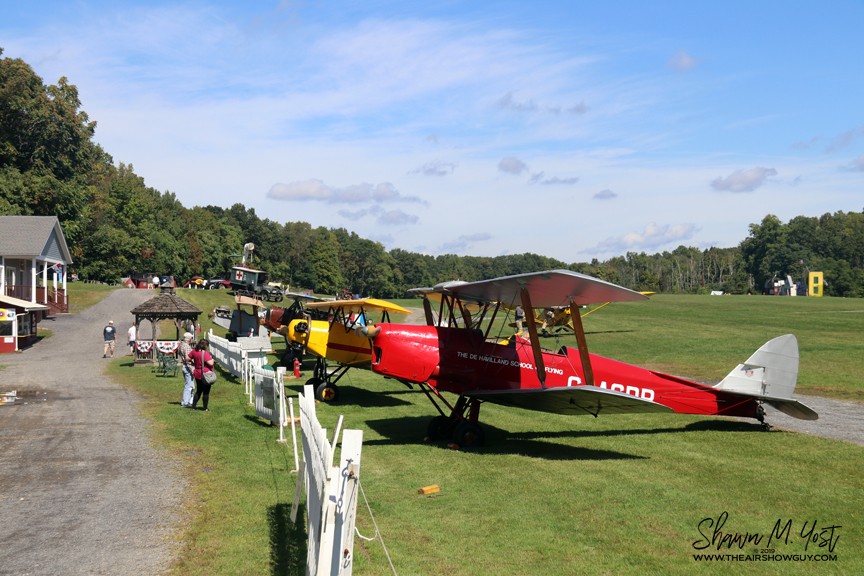






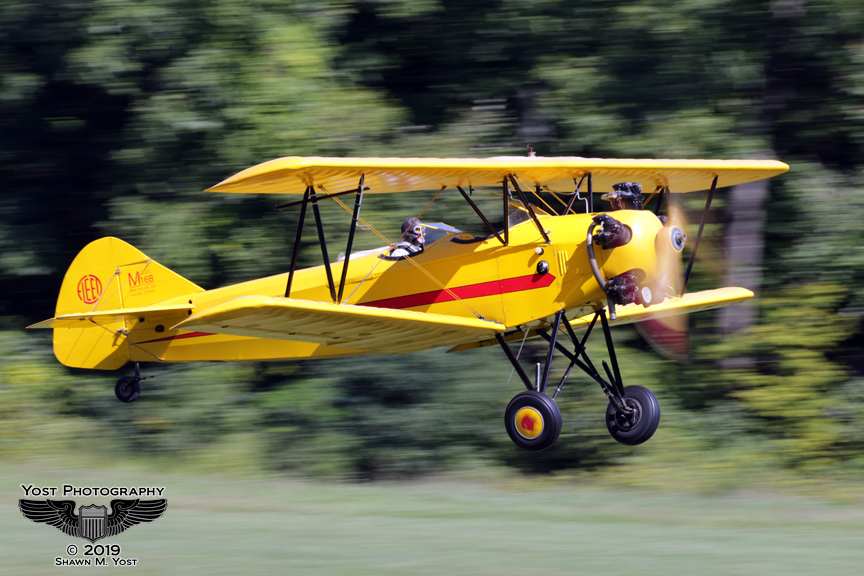

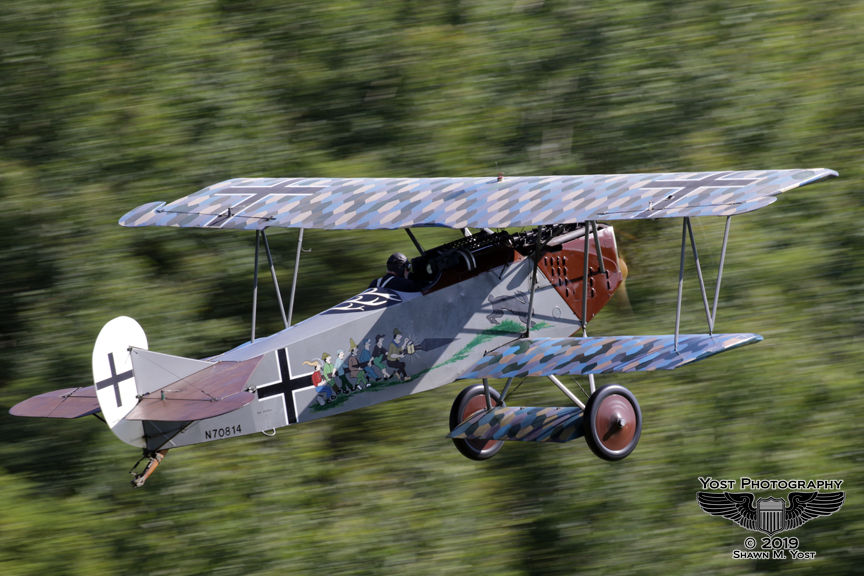
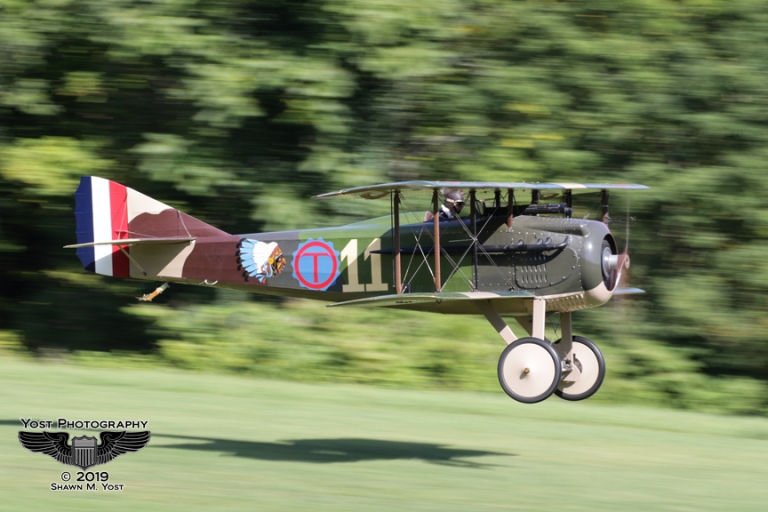

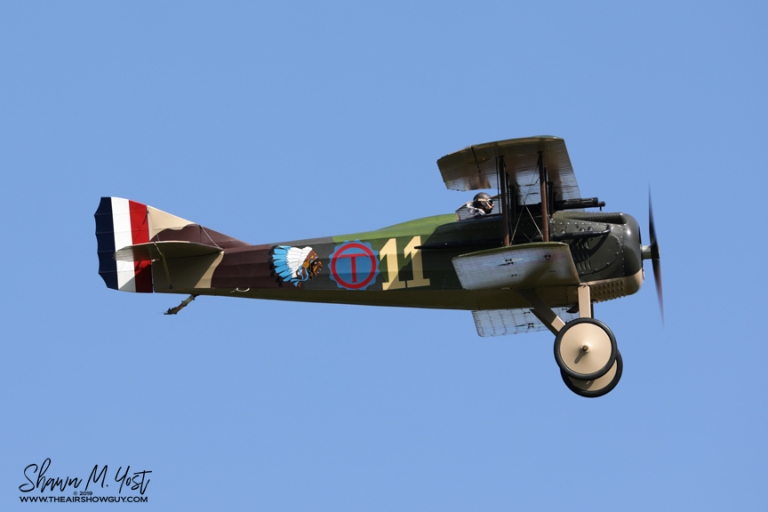
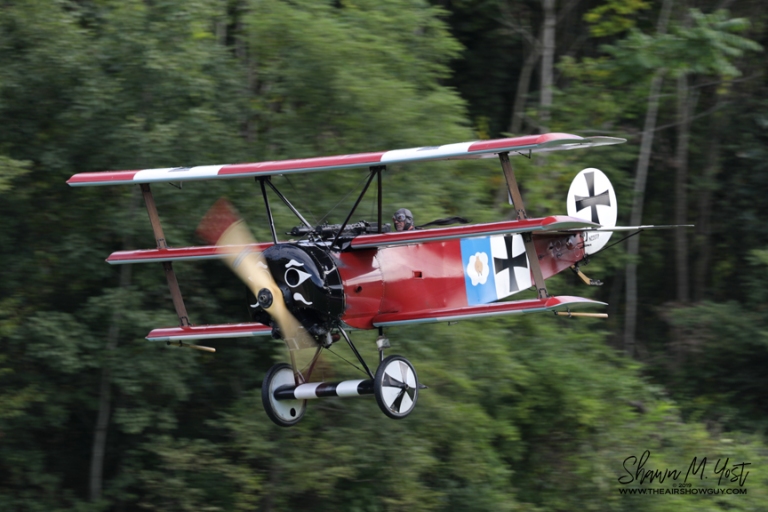


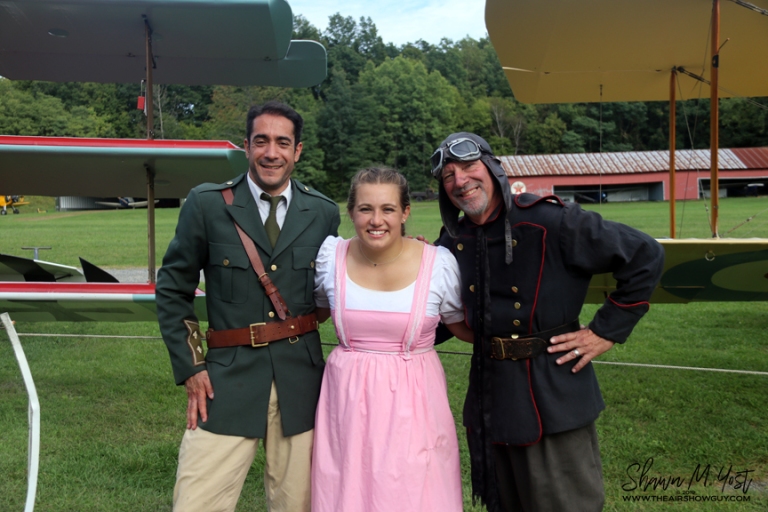

That was a great writeup ! I work at ORA it is a wonderful place to see living aviation history. You will like the Saturday show also
LikeLike